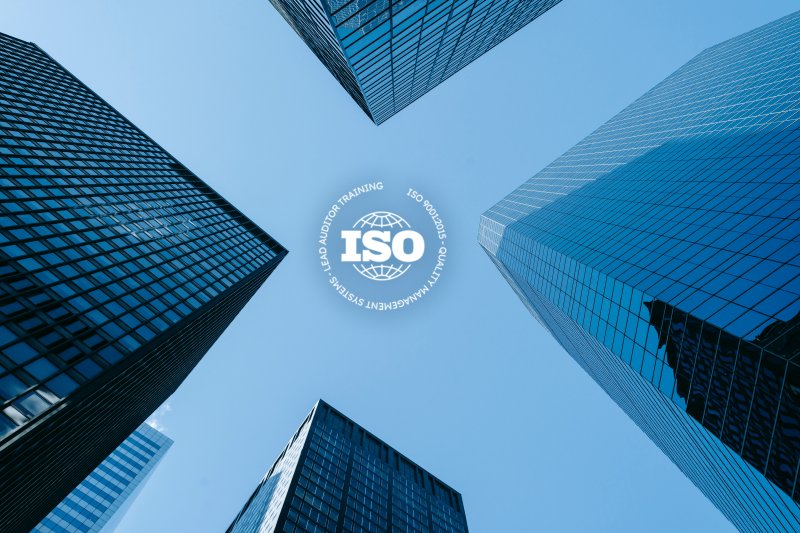Challenges in Achieving a Safer, Healthier World of Work

Agility Business Services Announces Partnership with TRECCERT
July 27, 2023
Remote Training and Development: Strategies for Post-Pandemic Era
August 23, 2023While the COVID-19 pandemic has brought attention to occupational health and safety (OH&S) management in many organizations, it is not the only reason for its high profile. There are other factors that will continue to keep OH&S at the forefront of workplace concerns in the next decade.
Various new risks have emerged due to climate change, changes in how we work, including remote work, a growing awareness of mental health, and the flexible employment models common in the gig economy. In addition to these issues, there are broader trends, such as advancements in technology and changes in demographics, that we need to consider.
The International Labor Organization declared in 2022 that a safe and healthy working environment is a vital principle and right at work, which reflects the impact of changing societal expectations. Occupational health and safety (OH&S) is a crucial aspect of a company’s commitment to environmental, social, and governance (ESG) investment, and it is affected by progress on diversity and inclusion.
Psychological Health and Wellbeing
Although the initial OH&S (Occupational Health and Safety) issues related to COVID-19 have subsided, some effects remain. One of the most significant is that employees are now more conscious of how their work can impact their mental health and overall well-being. Therefore, workers expect their employers to take additional measures to address these concerns in addition to their responsibilities for physical health and safety.
There has been a lot of discussion about this matter, and many resources available to help. One example is ISO 45003, an International Standard that offers guidance on managing psychological risks that apply to organizations of any size.
Many factors, such as work organization, social aspects, and work environment, can negatively impact people’s well-being at work. However, effective measures can improve mental health, job satisfaction, and productivity. It is unclear how many organizations have taken such measures despite the evidence.
It has recently been discovered that workplace violence and harassment is a widespread problem. According to the Lloyd’s Register Foundation’s World Risk Poll, one out of every five people has experienced violence or harassment in their workplace. Therefore, organizations must examine their values, social structures, and work environment to effectively address these risks.
Climate Change
Climate change is already affecting millions of workers around the world. While extreme weather events like excessive heat, cold, wind, and rain are the most commonly discussed impacts, they affect not only those who work outdoors. Climate change has far-reaching consequences that include long-term effects on biodiversity, food, and water supplies, the resilience of our infrastructure, and the way we generate energy. New technologies, jobs, and work practices will be required to mitigate emissions and adapt to the inevitable changes, each with its risks and hazards.
It seems that many organizations are not taking the potential impacts of climate change on their workers’ health and safety seriously, treating them as isolated incidents. This needs to change, and more awareness about the issue should be raised. To address this challenge, a new group within ISO/TC 283 has been formed, which is dedicated to standardizing occupational health and safety management. This group is focused on developing guidance to help organizations proactively address this issue.
Latest Technology
Technological advancements present risks and opportunities from an occupational health and safety standpoint. These advancements can provide new ways to manage workplace safety and introduce new risks when humans interact with evolving machine-learning systems. On the other hand, replacing human presence with drones and robots in hazardous environments can decrease risks as long as precautions are taken to address potential hacking or malfunctioning issues.
Advanced technologies such as wearables and monitoring devices will enhance the physical safety of workers, forming a real-time connected network between the workers and their environment. Additionally, virtual reality will offer new prospects for OH&S training and skill development.
Demographic Change
In the future, there will be significant changes in workplace demographics. Several countries will experience a decrease in their populations, while others will have an increase in their aging populations. On the other hand, some African countries will have a growing and mostly young population. Additionally, we can expect to see more people working in their old age, more female workers, and an increase in the use of migrant or immigrant workers with varying proficiency levels in the local working language.
The workforce is becoming more diverse in age, learning styles, literacy levels, and ways of consuming information. It presents challenges for organizations to ensure they meet the diverse needs of their workers from an OH&S perspective. They need to pay attention to the unique needs of each individual.
As demographics evolve, so do attitudes toward work and employment expectations. The younger workforce has different views compared to the older generation. They do not plan to stick with one employer for an extended period and prioritize varied careers over job security. They prefer working for companies that align with their values and purpose. They also have clear expectations for management and development.
Organizations must meet the expectations of the younger generation to attract and keep their talent. However, they should also be ready to face higher staff turnover and the challenges of maintaining OH&S competency and performance.




